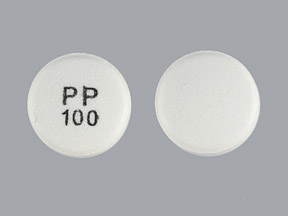|
Name: Dihydromorphine
Type: Opioid
AKA: N/A

|
|
II. Natural Derivative
Synthetic substance, no natural derivative

|
|
III. Chemical Profile (IUPAC name)

|
|
IV. History
Dihydromorphine, a potent opioid analgesic, was developed in the early 20th century. It is used for severe pain management and represents an important milestone in opioid research and development.

|
|
V. Legal Information
Dihydromorphine is a potent opioid used for severe pain management. It is tightly regulated under opioid laws due to its high potential for addiction and abuse. Globally, its control reflects efforts to manage opioid misuse and prevent addiction. [Source: UNODC].
US Federal Schedule - I
Schedule I drugs, substances, or chemicals are defined as drugs with no currently accepted medical use and a high potential for abuse. Some examples of Schedule I drugs are: heroin, lysergic acid diethylamide (LSD), marijuana (cannabis), 3,4-methylenedioxymethamphetamine (ecstasy), methaqualone, and peyote.
Key US Federal Policies:
Controlled Substances Act. Public Law: Public Law 91-513 (text can be found on GovInfo) (https://www.dea.gov/drug-information/csa). Date enacted: October 27, 1970.
|
|
VI. Physical Effects
Dihydromorphine is an opioid used for pain relief. It acts as a downer, leading to sedation and respiratory depression. Short-term use is effective for pain management, but long-term use can result in addiction and tolerance. Overdose risks include severe respiratory depression and potential death. Safe use requires precise dosing and medical oversight. Recent research focuses on its comparative efficacy and safety relative to other opioids.  |
|
VII. Psychological Effects
Dihydromorphine, an opioid, affects opioid receptors, causing euphoria and cognitive impairment. Immediate effects include mood enhancement and pain relief, lasting several hours. Long-term use can lead to dependence and psychological issues such as depression. Research indicates significant mental health risks with chronic use, including severe mood disturbances and potential for addiction.
 |
|
VIII. Culture
Dihydromorphine is an opioid analgesic with a long history in pain management. It has no significant cultural lore but has been used medically since its development. Modern discussions focus on its effectiveness versus the risks of dependence and abuse. Proponents emphasize its pain-relief benefits, while opponents warn of addiction risks. Its use is primarily medicinal, reflecting broader themes in pain management and the ongoing opioid crisis.
 |
